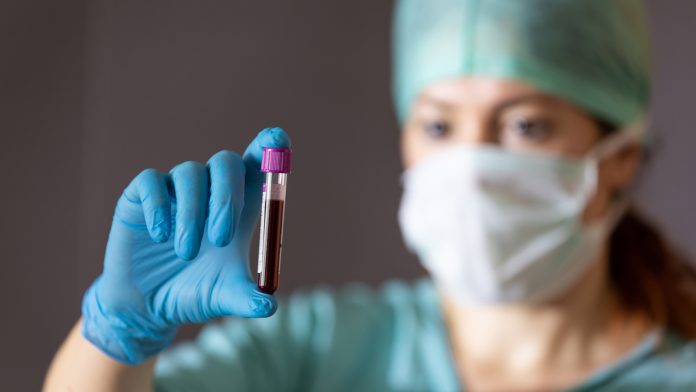
Researchers have proved it is possible to create universal blood type organs, decreasing mortality for patients on the waitlist.
The study, performed at the Latner Thoracic Surgery Research Laboratories and UHN’s Ajmera Transplant Centre, has found a viable way to convert universal blood type safely in donor organs intended for transplantation.
“With the current matching system, wait times can be considerably longer for patients who need a transplant depending on their blood type,” explained Dr Marcelo Cypel, Surgical Director of the Ajmera Transplant Centre and the senior author of the study.
The findings were published in Science Translational Medicine.
Universal blood type organs
Blood type is determined by the presence of antigens on the surface of red blood cells – type A blood has the A antigen, B has the B antigen, AB blood has both antigens and universal blood type O has none. Antigens can trigger an immune response if they are foreign to our bodies. It is important to receive the correct blood from donors with the same blood type, or universal blood type O.
Patients on the donor transplant waiting list with universal blood type O wait on average twice as long to receive a lung transplant compared to patients who are type A. This translates into mortality and individuals with universal blood type O have a 20% higher risk of dying.
Dr Aizhou Wang, Scientific Associate at Dr Cypel’s lab and first author of the study, explained, “If you convert all organs to universal blood type O, you can eliminate that barrier completely.”
The experiment
This proof-of-concept study was done at Dr Cypel’s research lab, part of Latner Thoracic Surgery Research Laboratories. The experiment used the Ex Vivo Lung Perfusion (EVLP) System pioneered in Toronto as a platform for the treatment. The EVLP system pumps nourishing fluids through organs, enabling them to be warmed to body temperature so that they can be repaired and improved before transplantation.
Human donor lungs not suitable for transplantation from type A donors were put in the EVLP circuit. One lung was treated with a group of enzymes to clear the antigens from the surface of the organ, whilst the other lung, from the same donor, remained untreated.
The team then tested each of the lungs by adding universal blood type O blood (with high concentrations of anti-A antibodies) to the circuit to simulate an ABO-incompatible transplant. The results demonstrated that the treated lungs were well tolerated whilst the untreated ones showed signs of rejection.
Creating universal organs
The study was successful because of the important interdisciplinary efforts across multiple organisations in Canada, including UHN, University of Toronto, University of British Columbia and the University of Alberta.
“By exchanging ideas across disciplines and across the country, we became one collaborative effort to tackle an important problem in organ transplantation,” said Dr Wang.
UBC biochemist Dr Stephen Withers and his team found a group of enzymes in 2018, which was key to this first step in creating universal blood type organs. These enzymes were delivered to the lungs in this study using the EVLP circuit.
“Enzymes are Mother Nature’s catalysts, and they carry out particular reactions. This group of enzymes that we found in the human gut can cut sugars from the A and B antigens on red blood cells, converting them into universal type O cells.
“In this experiment, this opened a gateway to create universal blood-type organs,” explained Dr Withers.
“This is a great partnership with UHN and I was amazed to learn about the ex vivo perfusion system and its impact on transplants. It is exciting to see our findings being translated to clinical research,” added Dr Withers.
As the next step, the team of researchers is working on a proposal for a clinical trial for universal blood type organs within the next 12 to 18 months.
























